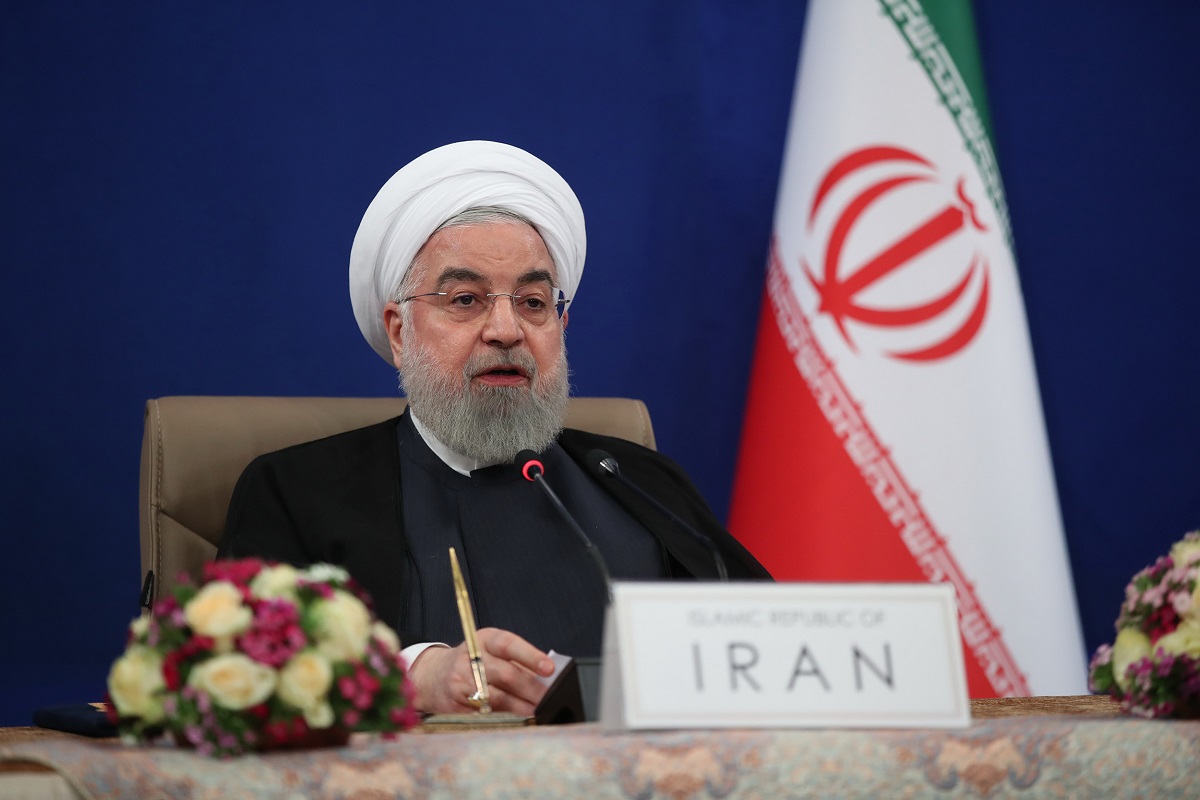Putin plays with f ire in his new doctrine
Of late Vladimir Putin has shifted Russia’s nuclear doctrine to a more directly and openly retaliatory posture in response to any attack by Ukraine or any NATO country using longer-range US missiles.
In 2015, a major agreement between Iran and six other countries meant Iran accepted limits on its nuclear activities in return for an end to harsh penalties, or sanctions, that hurt its economy

Iranian President Hassan Rouhani (Photo: IANS)
In the immediate aftermath of Iran signalling its intent to bar nuclear inspections under the auspices of the UN, the International Atomic Energy Agency has let it be known that it will retain what it calls the “necessary degree of monitoring and verification work”.
The move comes ahead of a deadline set by Iran to stop intrusive checks of sites unless US sanctions are lifted. There is considerable tension between Iran and the United States ever since Washington, under Donald Trump, abandoned the nuclear deal in 2018. Trump had reimposed crippling economic sanctions to force Iran to renegotiate the accord. Predictably perhaps Tehran refused and retaliated by rolling back several key commitments.
The crisis over Iran’s nuclear programme has been on the international agenda for almost 20 years. Iran claims the programme is for peaceful purposes, while the US and others suspect the country has ambitions to develop nuclear weapons. The suspicion has been dismissed by the establishment in Tehran. In 2015, a major agreement between Iran and six other countries meant Iran accepted limits on its nuclear activities in return for an end to harsh penalties, or sanctions, that hurt its economy. As it turned out, Iran resumed its banned nuclear operations after Trump pulled out of the deal and reimposed sanctions.
Advertisement
Even though President Joe Biden wants to rejoin the deal, both sides say the other must make the first move. The “temporary technical” arrangement reached between Iran and the IAEA “salvages the situation”, according to the IAEA chief, Rafael Grossi. After a recent visit to Iran, he said: “We were able to retain the necessary degree of monitoring and verification work. There is less access [to Iranian sites], let’s face it.” According to the terms of the plan, Iran will for the next three months hold recordings from monitoring equipment installed at sites by the IAEA.
However, it will not release the information unless sanctions are lifted within that timeframe, the Atomic Energy Organisation of Iran (AEOI) has said. If sanctions remain, the data would be erased. Cameras and other apparatus have been put in place by the IAEA to help verify that Iran does not carry out nuclear activities prohibited under the deal. A system of checks and balances has thus been put in place.
The nub of the matter must be that Iran and the US are at loggerheads over the removal of sanctions. Washington insists Tehran must return to full compliance with the 2015 deal first, while Tehran is emphatic that this will only happen once sanctions are lifted. It is, therefore, a delicate situation and for the past six years, this bilateral game has scarcely been able to stave off the crisis.
Not the least because the likes of Supreme Leader Ayatollah Khamenei are at the helm. President Hasan Rouhani is moderate by comparison. IAEA will have to contend with the dichotomy.
Advertisement